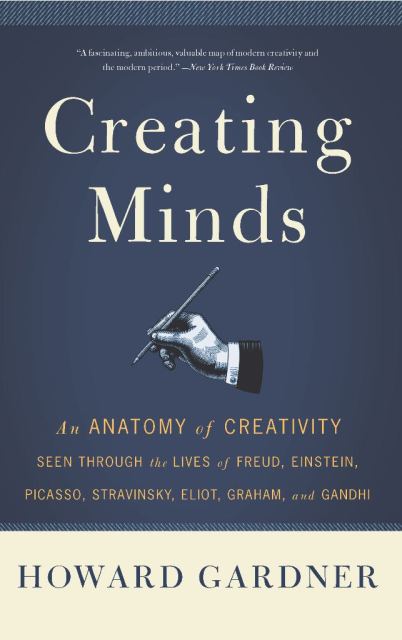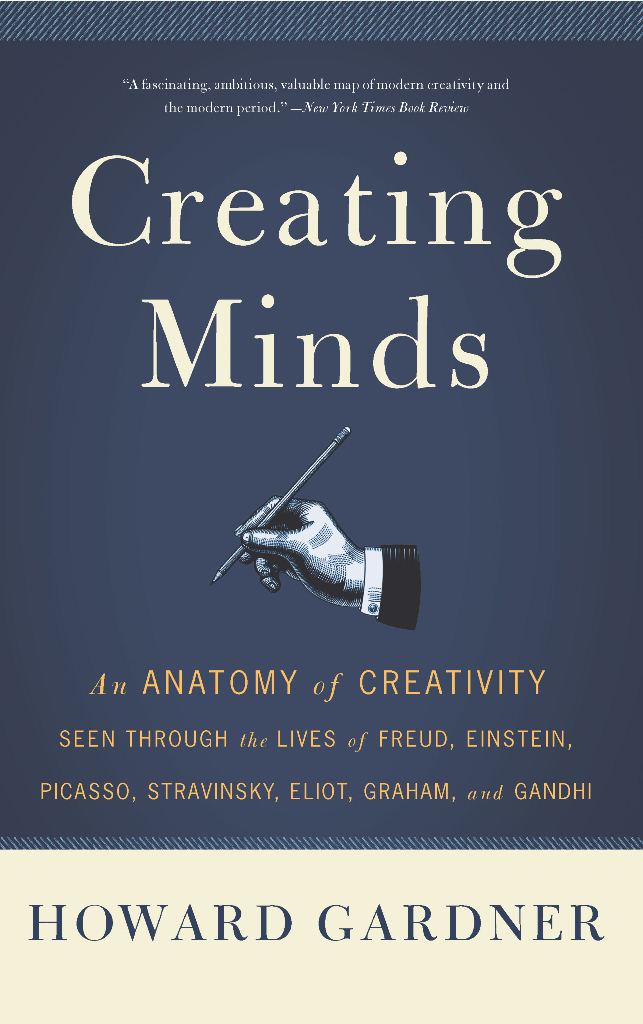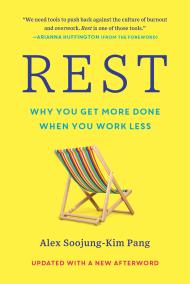Promotion
25% off sitewide. Make sure to order by 11:59am, 12/12 for holiday delivery! Code BEST25 automatically applied at checkout!
By clicking “Accept,” you agree to the use of cookies and similar technologies on your device as set forth in our Cookie Policy and our Privacy Policy. Please note that certain cookies are essential for this website to function properly and do not require user consent to be deployed.
Creating Minds
An Anatomy of Creativity as Seen Through the Lives of Freud, Einstein, Picasso, Stravinsky, Eliot, G
Contributors
Formats and Prices
- On Sale
- Dec 6, 2011
- Page Count
- 480 pages
- Publisher
- Basic Books
- ISBN-13
- 9780465027866
Price
$13.99Price
$17.99 CADFormat
Format:
- ebook $13.99 $17.99 CAD
- Trade Paperback $24.99 $31.99 CAD
This item is a preorder. Your payment method will be charged immediately, and the product is expected to ship on or around December 6, 2011. This date is subject to change due to shipping delays beyond our control.
Buy from Other Retailers:
Howard Gardner changed the way the world thinks about intelligence. In his classic work Frames of Mind, he undermined the common notion that intelligence is a single capacity that every human being possesses to a greater or lesser extent. With Creating Minds, Gardner gives us a path breaking view of creativity, along with riveting portraits of seven figures who each reinvented an area of human endeavor.
Using as a point of departure his concept of seven “intelligences,” ranging from musical intelligence to the intelligence involved in understanding oneself, Gardner examines seven extraordinary individuals — Sigmund Freud, Albert Einstein, Pablo Picasso, Igor Stravinsky, T.S. Eliot, Martha Graham, and Mahatma Gandhi — each an outstanding exemplar of one kind of intelligence. Understanding the nature of their disparate creative breakthroughs not only sheds light on their achievements but also helps to elucidate the “modern era” — the times that formed these creators and which they in turn helped to define. While focusing on the moment of each creator’s most significant breakthrough, Gardner discovers patterns crucial to our understanding of the creative process.
Creative people feature unusual combinations of intelligence and personality, and Gardner delineates the indispensable role of the circumstances in which an individual’s creativity can thrive — and how extraordinary creativity almost always carries with it extraordinary human costs.
Genre:
Newsletter Signup
By clicking ‘Sign Up,’ I acknowledge that I have read and agree to Hachette Book Group’s Privacy Policy and Terms of Use






